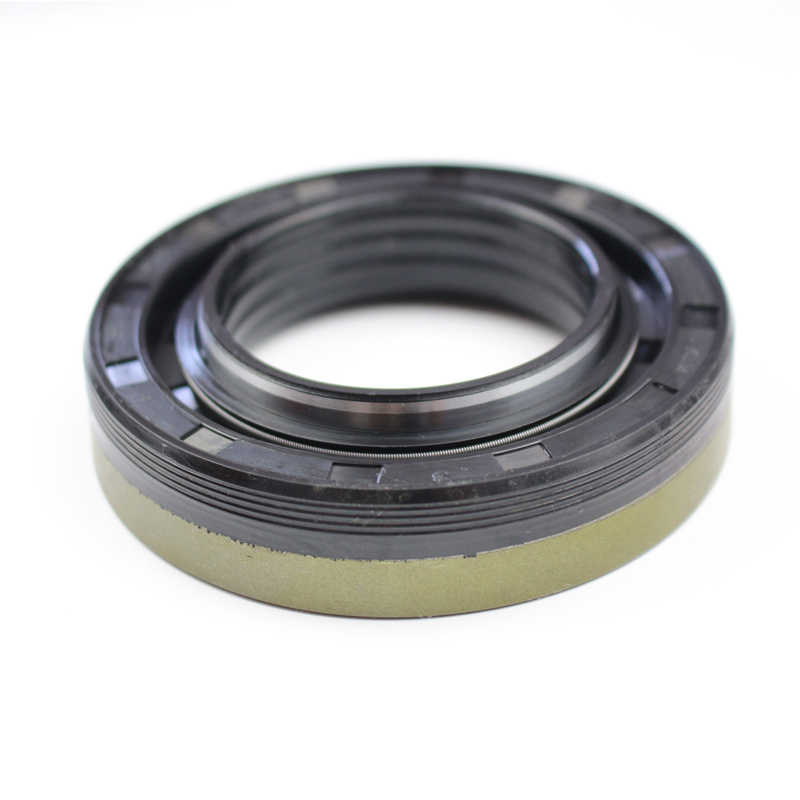rotary seals
Understanding Rotary Seals Their Importance and Applications
Rotary seals, also known as rotary shaft seals or lip seals, play a crucial role in various mechanical systems by preventing fluid leakage between rotating components. These seals are particularly important in applications where moving parts operate at high speeds and with significant pressure differentials. Their primary function is to retain lubricants within the machinery while keeping contaminants out, thus enhancing the overall efficiency and longevity of equipment.
The design of a rotary seal typically consists of a flexible elastomeric material, which forms a lip that presses against the rotating shaft. This lip creates a barrier that is essential for minimizing the escape of lubricants and the ingress of dust and debris. The effectiveness of rotary seals is influenced by several factors, including the material used, environmental conditions, and the operating speeds of the machinery.
Rotary seals are available in various configurations and materials to suit specific applications. Common materials include nitrile rubber, fluorocarbon rubber, and PTFE (polytetrafluoroethylene), each selected based on compatibility with the fluids being sealed and the operational temperature ranges. For instance, fluorocarbon seals are well-suited for high-temperature applications, while PTFE seals offer excellent chemical resistance.
rotary seals

The applications of rotary seals are vast and span across multiple industries
. In automotive engineering, they are found in engines, transmissions, and differentials, where they keep lubricants contained and prevent contamination, which could lead to mechanical failure. In the manufacturing sector, rotary seals are commonly employed in pumps, motors, and gearboxes, facilitating efficient operation and prolonging the life of equipment.Apart from traditional uses, rotary seals are also making strides in newer technologies, such as electric motors and renewable energy systems. With the growing emphasis on reliability and efficiency, manufacturers are continuously innovating by developing advanced sealing solutions that can withstand extreme conditions.
The failure of rotary seals can lead to significant operational issues, including reduced efficiency, increased wear on components, and costly downtimes due to leaks or contamination. Therefore, regular inspection and maintenance are critical in identifying potential seal failures before they escalate into more severe problems. Proper installation and routine checks can significantly extend the lifespan of rotary seals and, consequently, the machinery they protect.
In conclusion, rotary seals are an essential component in the machinery of numerous industries, providing reliability and efficiency. As technology advances, these seals will continue to evolve, ensuring they meet the demanding requirements of modern applications. Understanding the functionality and significance of rotary seals is crucial for engineers and operators alike, as it contributes to preserving equipment integrity and operational excellence.
-
Simplifying Oil Changes: A Comprehensive Guide to Oil Drain Plugs and Their Variants
News Aug.04,2025
-
Mastering Oil Drain Maintenance: Solutions for Stripped, Worn, and Upgraded Oil Plugs
News Aug.04,2025
-
Fixing Oil Pan Plug Issues: Leaks, Stripped Nuts, and the Right Replacement Solutions
News Aug.04,2025
-
Everything You Need to Know About Oil Drain Plugs: Sizes, Fixes, and Upgrades
News Aug.04,2025
-
Choosing the Right Oil Drain Plug: A Guide to Sizes, Materials, and Drain Innovations
News Aug.04,2025
-
A Complete Guide to Automotive Drain Plugs: Types, Problems, and Innovative Solutions
News Aug.04,2025
-
The Ultimate Guide to Car Repair Kits: Tools and Essentials Every Driver Should Own
News Aug.01,2025
Products categories















